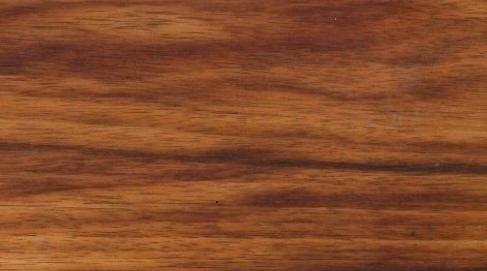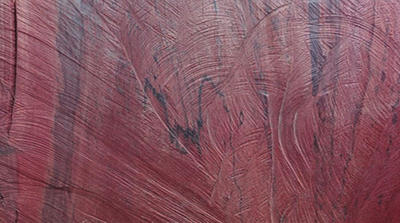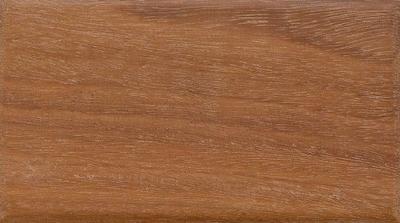Tigerwood
Scientific Name: Astronium graveolens
Other Common and Commercial Names: Tigerwood, Palo de cera, Palo de culebra (Mexico), Gusanero (Colombia), Gateado (Venezuela), Guarita (Brazil), Guasango (Ecuador).
Appearance: When fresh sawn, the heartwood is russet brown, orange brown, or reddish brown to red with narrow to wide irregular stripes of medium to very dark brown. After exposure it becomes brown, red, or dark reddish brown with nearly black stripes. The wood often has a striking figure caused by irregular dark longitudinal bands.
Characteristics: Grain variable, straight to roey; texture fine to medium, uniform; no distinctive odor or taste. Moderately difficult to season. Air-dries fast to moderate rate. Laboratory tests indicate the wood to be very durable in resistance to both white and brown rot organisms. These results substantiate the reputed high durability of this species.
Weight: Basic specific gravity (ovendry weight/green volume) averages 0.84 for timber from Honduras and Venezuela; material from Brazil and Colombia averages 0.75. Average air-dry density is about 60 pcf from these four sources.
Janka Rating: 2160
Working Properties: Not difficult to work in spite of its high density, finishes very smoothly, and takes a high polish. The wood weathers well and is highly resistant to moisture absorption. It is reported to be difficult to glue.
Uses: Interior/Exterior Decking and Flooring.
Among the most outstanding heavy, durable construction timbers, also highly favored as a fine furniture and cabinet wood. Cut for decorative veneers. it is used for specialty items such as knife handles, brush backs, archery bows, billiard cue butts, turnery, and carving.



